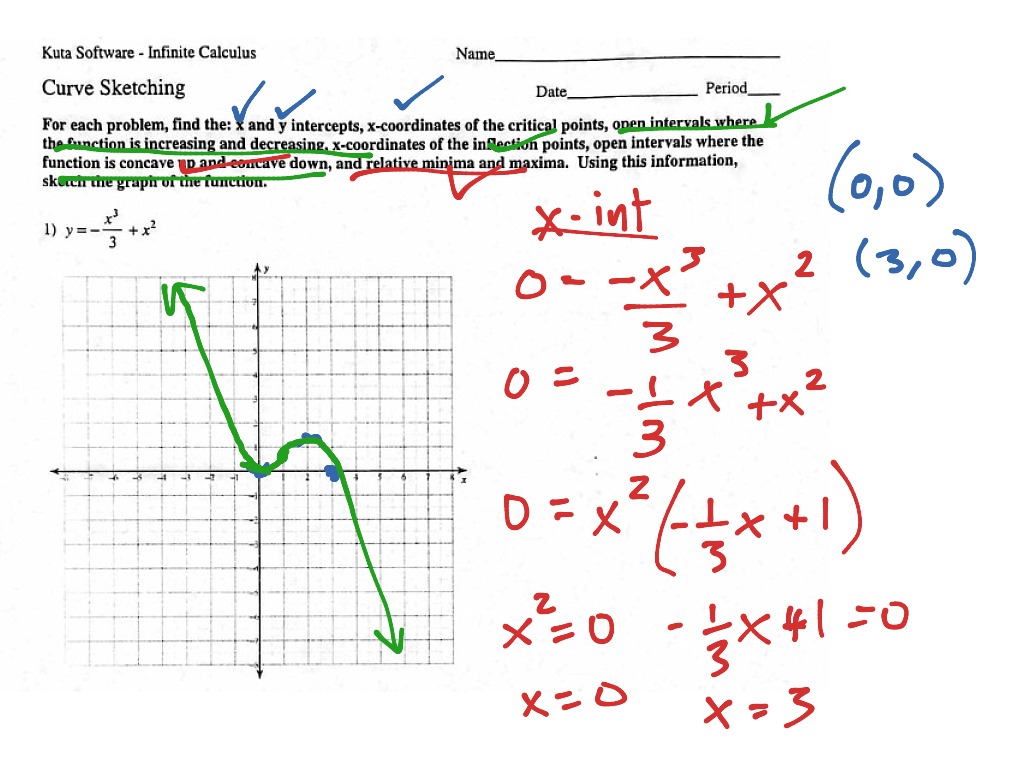Readers may remember a piece in early September when I put out a hypothesis of what it could mean that the 2/10-year rates curve briefly inverted but flipped back into green territory. It has since further normalised to a positive 15bp, and the ghosts of a relatively reliable recession indicator have faded away again. However, I laid out specific curve patterns across the past two occasions that ultimately led to recessions and financial crises of sorts. I believe it is worthwhile to re-address the context once again.
We made the effort at the time and looked more closely at market movements in the run-up to the two events – the one culminating in the recession post the burst of the tech bubble in 2000/01 and the other being the commencement of the financial crisis in 2007/08. And if you cared to remember, we would find that minuscule dips of inversions were registered before the curves actually and more meaningfully inverted at a later stage and alerted the public of impending economic troubles.
Ahead of the tech bubble burst, for example, the curve first and ever so slightly dipped into negative territory in 1998. It subsequently bounced back to a normal shape and a positive reading of over 50bp. Only 18 months later, at the very beginning of 2000, the differential crashed to around -50bp and heralded things to come. It was similar with the financial crisis, when the marginal dip into the red initially occurred at the start of 2006, only to rebound into the positive 20s before truly sinking into the red 6 months later.
For argument’s sake, if we gave this pattern some credence today, the recent dip into an inverted curve end of August may just be a similar precursor of what’s to come, much like in 1998 and 2006, and not the real thing yet. Accordingly, a bounce back to a re-ascending curve has been the next market move, luring observers into what I feel a false sense of comfort, before in the course of 2020 a more substantial inversion may take place and set in motion the real economic downturn, as we discussed previously.
Overlay the previous 2 scenario with the S&P index, and we will find that the stock market was not at all impressed with the initial dips in 1998 and early 2006, but only started to descend after the second moves into negative differentials, that is to say 6 months post the second dip in 2000, ie in Q3 of 2000, and about 12 months post the second inversion dip later in 2006, ie in Q3 of 2007, respectively. In both cases, the ensuing bear markets lasted around 2 years before the index hit bottom.
I still get it… it may all be a coincidence, but I think it is still an intriguing pattern. If history was any kind of guide, we would be looking at a scenario where the mini-inversion of -5bp in August was a mere precursor, and the real inversion that mattered would probably only occur in the course of 2020. Deriving from the previous patterns it would take another 6-12 months from there for the stock market to peak out before a much more material correction commences and takes us into 2-3 years of a bear market.
As I claimed previously, it would in fact also fit into the picture of political cycles. Stocks have on average had a positive performance in election years, and we can expect Donald Trump to move heaven and earth to make this happen unless the establishment manages to fell him beforehand. After all, he is running his campaign on a continuing bull market. Also, his re-election could boost prices one more time, as it has post his election win in late 2016 and early 2017.
If it were to play out along such scenario, late 2020 and early 2021 could be the very last leg of the bull that will have carried us for more than 10 years. Against the backdrop of all the uncertainties from impeachment to Syria to Hong Kong etc one doesn’t wonder that the investing world is being cautious about risk. Nonetheless, the S&P has so far defied all negative news and steamed ahead. At least technically, it has formed a base at admittedly elevated levels with a pattern of continuous accumulation.
If what looks ever more likely, the index managed to clear the 3030 point threshold and makes new highs, we would look at a very potential next leg up in equities confirming those patterns of the past. Many of the bellwether stocks have similar momentum formations of breaking on the up. Indices will come down eventually, but putting the tea leaves together as we have them it may take a while still. What do they say…? History doesn’t repeat itself, but it rhymes.
